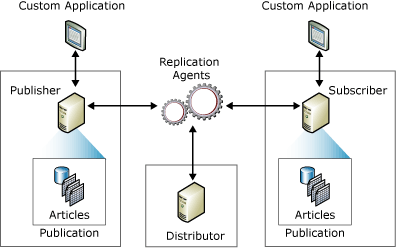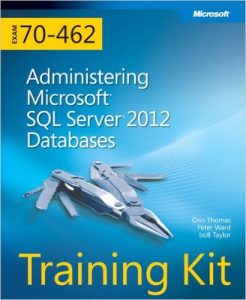 This might make me the odd one out but I actually really like replication. It took me a while to get comfortable with it but when I did and when I learned how to troubleshoot transactional replication confidently, I became a fan. Since I exclusively use transactional replication and not snapshot replication or merge replication, this post is only about transactional replication and in particular, how to troubleshoot transactional replication errors.
This might make me the odd one out but I actually really like replication. It took me a while to get comfortable with it but when I did and when I learned how to troubleshoot transactional replication confidently, I became a fan. Since I exclusively use transactional replication and not snapshot replication or merge replication, this post is only about transactional replication and in particular, how to troubleshoot transactional replication errors.
In the production system I work on, replication is highly reliable and rarely if ever causes the DBA’s headaches. It can be less so in our plethora of dev and qa boxes, probably down to rate of change in these environments with regular refreshes. Due to this, I’ve had to fix it many times. As I explain how I troubleshoot replication errors, I assume you know the basics of how replication works. If you don’t, a really good place to start is books online. It describes how replication uses a publishing metaphor and describes all the component parts in detail.
 Why did I want to achieve MCSE Data Platform?
Why did I want to achieve MCSE Data Platform? When I first read about the except operator in t-sql and saw how simple it was to use, it knew I would be using it a lot. And I have.
When I first read about the except operator in t-sql and saw how simple it was to use, it knew I would be using it a lot. And I have. In this post, I explain how to write a simple PIVOT query in T-SQL and why we might want to use the PIVOT operator. The Oxford English Dictionary
In this post, I explain how to write a simple PIVOT query in T-SQL and why we might want to use the PIVOT operator. The Oxford English Dictionary 